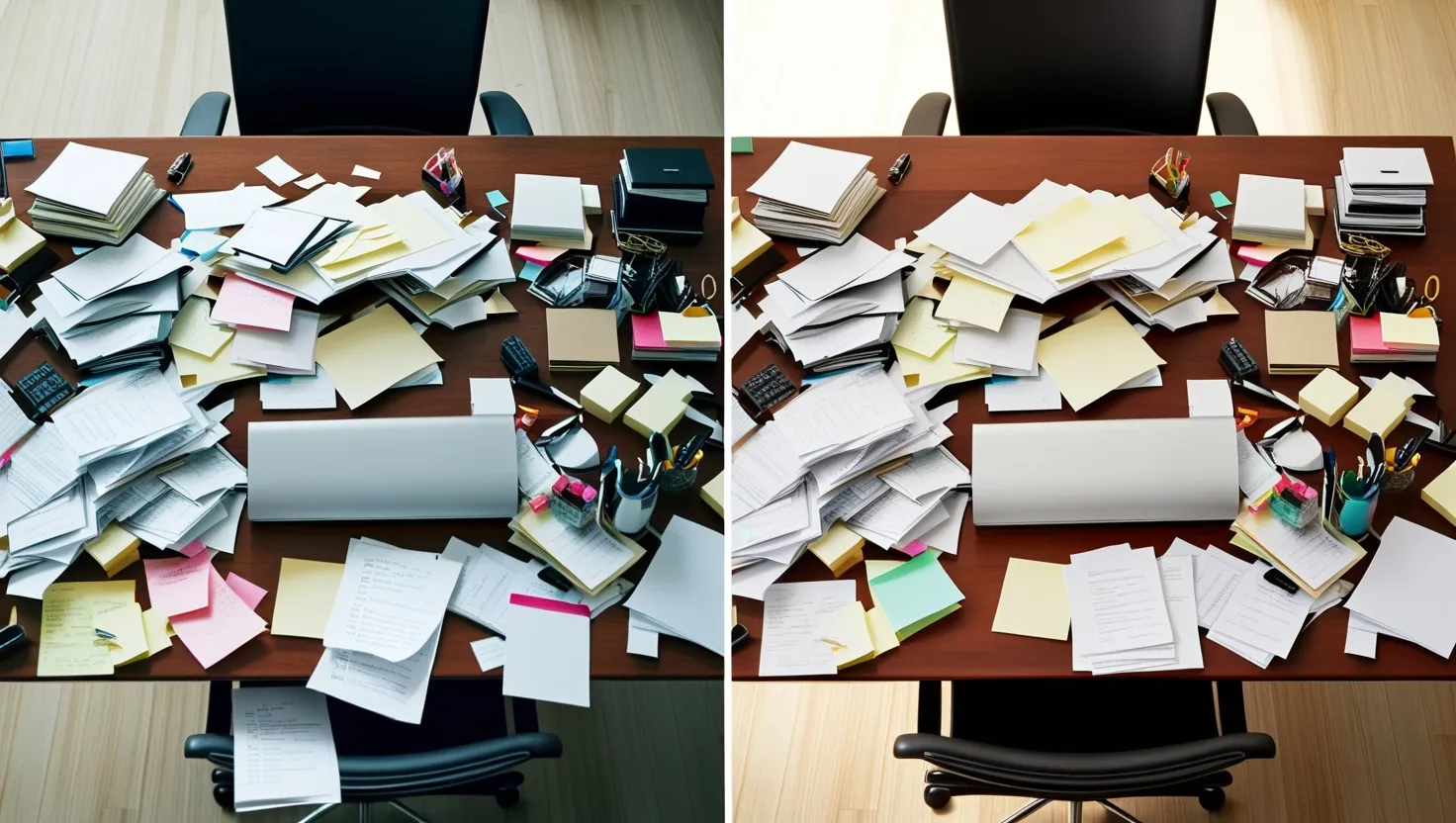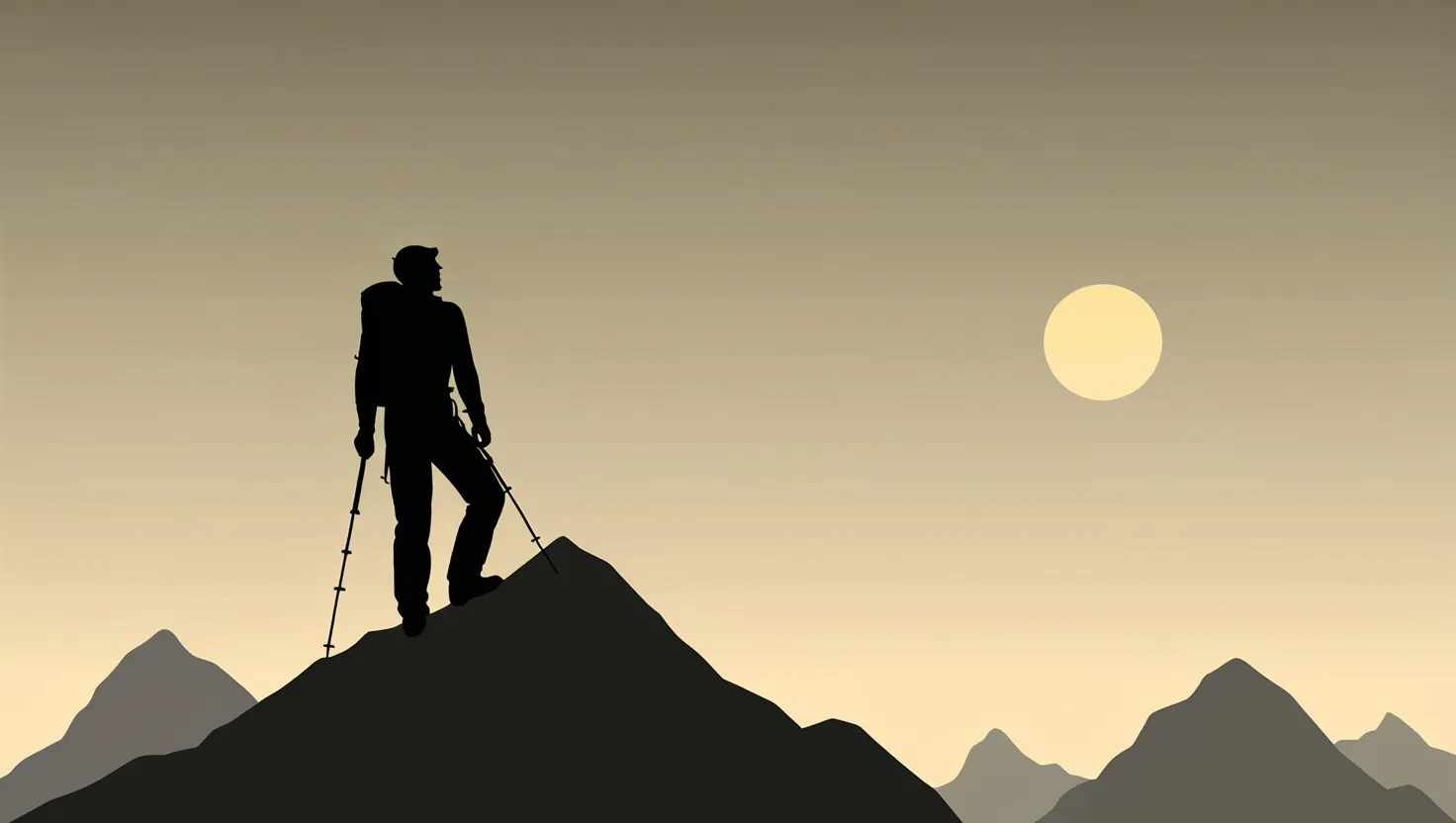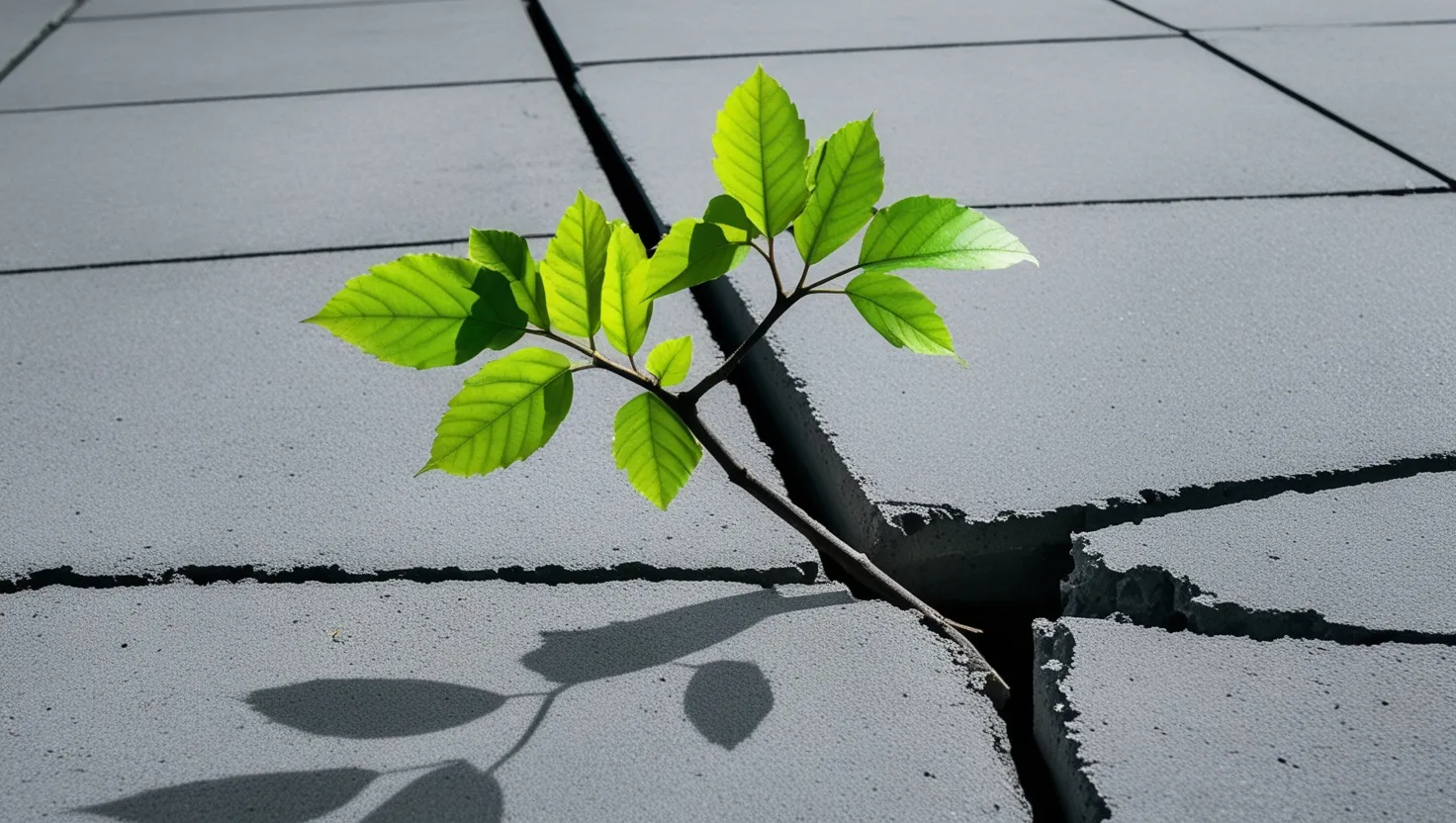Imagine your brain as a cluttered desk. Papers, sticky notes, scraps of ideas—everything piled up and getting in your way. That’s how my mind used to feel before learning the simplest trick from David Allen’s “Getting Things Done”: get every task and thought out of your head and into a reliable system. The method itself is so basic you might shrug at first, but its effects are radical. If you’re like me, you’ve likely walked around with a nagging feeling that you’ve forgotten something important. It’s stressful, isn’t it? “Your mind is for having ideas, not holding them,” as Allen puts it. The relief comes when you stop trying to remember every little thing.
Let me paint a picture. The first step I tried was carrying a small notebook everywhere. Instead of depending on my memory, I’d scribble down everything—call the dentist, pick up batteries, brainstorm for that project. Whenever something popped in my head, I wrote it down. Some people prefer a digital method, like using apps or voice notes, but the principle is the same: get it out of your mind so your brain can do what it’s best at—problem-solving, creativity, actually thinking. Have you ever caught yourself replaying the same worry or to-do in your head? It’s exhausting. Jotting it down banishes the loop.
Why does this feel so powerful? It turns out the brain doesn’t do well with open reminders floating around. There’s even a psychological quirk called the Zeigarnik effect: our minds are stuck on unfinished tasks, making it hard to focus. When you jot it down, your mind feels that the task is now “parked” somewhere safe. Suddenly, you’re lighter, less jumpy, and able to concentrate on what you choose. Is your brain a storage unit or a powerhouse? When you remove the clutter, you get to pick.
But what do you do with this growing list? That’s where processing comes in. It’s easy to let the captured notes pile up into confusion again—unless you make a habit of sorting them. I started checking my notebook and digital tasks each day. For every item, I asked: what’s the next thing that actually needs to be done? If it could be finished in two minutes, like replying to an email or booking an appointment, I just got it done right away. Can you really spare more time carrying the burden than actually dealing with the thing itself?
For everything else, I sorted the tasks: delegate it if possible, defer it for later if it’s not urgent, or delete it if it honestly doesn’t matter. That last part was surprisingly freeing. How much stuff do we hang on to just out of habit? When you do this daily—even quickly—it’s like turning mountains into stepping stones. Suddenly, “finish report” becomes “write three bullet points,” and “plan vacation” becomes “check airfares.” It’s these little decisions that dissolve the feeling of overwhelm. Does your to-do list scare you, or does it gently tap you on the shoulder with just the next step?
“Nothing is particularly hard if you divide it into small jobs.” Henry Ford said it, but it could have come straight from Allen’s book. Breaking tasks down is not about doing less, but about making the mountain climbable. Something happens when you transform vague plans into specific actions. Productivity stops being about grit; it becomes about clarity. You can look at your list and know exactly what progress means.
There’s one practice that I frankly resisted at first, but it turns out to be the secret glue. That’s the weekly review. By Friday, my lists were looking messy—some tasks half-done, some outdated, some not even relevant anymore. I set aside half an hour to sit down with my notebook, calendar, and app. I scanned every project and to-do, checked what got done, noticed what didn’t, and planned the next week ahead. Think of it as hitting the reset button.
Nobody talks about how quickly systems fall apart without review. Goals drift. Priorities change. That Friday review was the moment to clear out the noise, catch what slipped through the cracks, and start the next week with a clean slate. When was the last time you felt a week actually ended, and a new one began? The weekly review isn’t just for work. It works at home, for personal goals, errands—any area where chaos creeps in if left unchecked.
Here’s a question: what would it feel like to end every week with clarity and calm? We often treat productivity as a daily sprint, but weekly pacing is what keeps the system from collapsing. The review closes the loops, refreshes motivation, and helps you see how far you’ve come. “The key is not to prioritize what’s on your schedule, but to schedule your priorities,” said Stephen Covey. This weekly ritual puts you in charge, instead of pushing you around.
You might be wondering, does this method feel rigid? Oddly, it’s the opposite. I used to believe systematizing would kill my flexibility, but the truth is, it cleared the ground for creativity and freedom. Ever notice how artists, inventors, and leaders often love routines? They know the value of creating “mental space” by letting small things take care of themselves. Without a system, your mind tries to juggle everything at once—and drops the important stuff.
I started to notice little things. With tasks written down, small wins became visible—checking off a box felt good. Before, I’d race from one demand to the next with no sense of completion. Now, each step taken felt real. During the day, if something new came up, I didn’t stress about forgetting—I simply noted it and trusted I’d process it later. This trust in my system was a relief I didn’t expect. Do you trust yourself to remember everything, or do you need a safety net?
Even with all these habits, I keep learning new things. Some people color-code their lists, others log energy levels with each task, and some even include gratitude notes in their weekly review. The base method stays the same: capture, process, review. Customization is where your personal style shapes the practice. I find asking myself questions helps—What’s the real barrier to doing this task? Has my priority changed? Can this wait, or am I kidding myself?
Another twist: I started reviewing my “Someday/Maybe” list. These are all the ideas and goals that aren’t urgent but shouldn’t be forgotten. A trip, a book to write, a random business idea. By categorizing these, I stopped them from clogging up the main task list yet kept them accessible. Sometimes, reviewing this list sparked action on things I’d ignored for years.
I even found unexpected benefits for my mental health. By externalizing my worries and projects, my mind quieted. Stress dropped. Sleep improved, since late-night worries got written down instead of endlessly replayed. I also noticed I became a better listener. Without my own reminders fighting for attention during conversations, I could be more present.
“By failing to prepare, you are preparing to fail,” Benjamin Franklin warned. The GTD system is essentially preparation on autopilot. I used to think productivity meant more hustle, but in reality, it’s just about not getting caught off guard by your own forgetfulness.
It’s tempting to hunt for the “perfect” system, app, or notebook, but the biggest impact comes from the habits themselves. You don’t have to get it all right from day one. Miss a day? Start fresh tomorrow. Even partial use lightens the load. As Allen says, perfection isn’t the goal—clarity is.
So next time you feel scattered, try this: stop, write down every task, idea, or worry. Review that list and choose a single next action for each item. Every Friday, sit down and reflect on what worked and what needs attention. The magic lies not in the tools, but in the routine.
Here’s a final question: if you could remove the mental clutter right now and focus only on what matters, what might be possible in your day? Give yourself the chance to find out.






